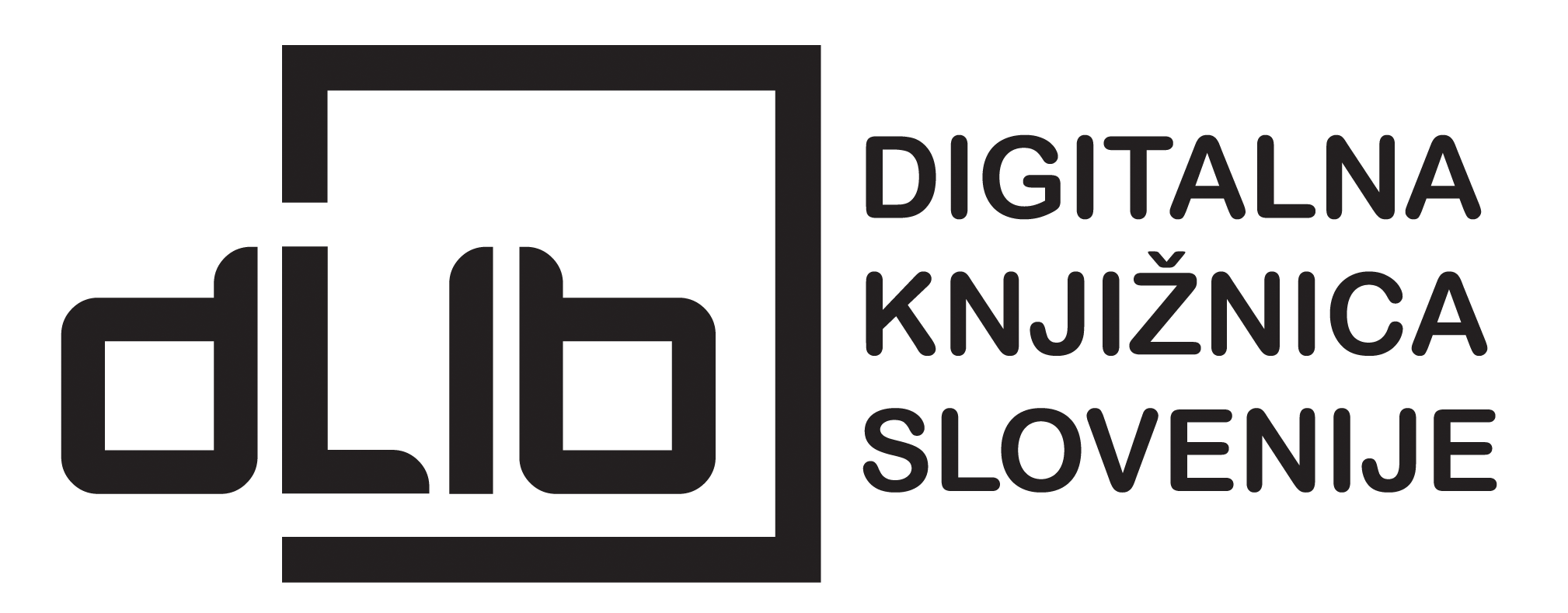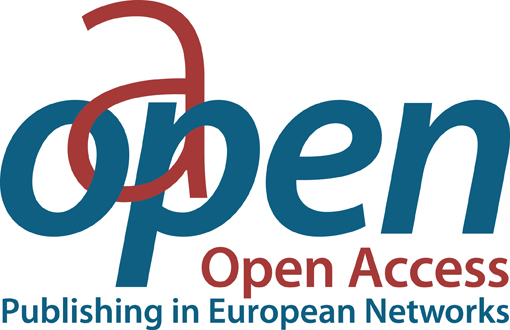Energy-Intensive Industries - A Brief Overview of Milestones Supported by Diversity Index Data
Synopsis
The production and consumption of energy is, in general, one of the main characteristics of technical development of a given economy. As the energy losses are defined as the ratio of energy produced and energy provided into the system, then it holds that the process of fewer transformations is the more efficient one. The mentioned physical law is valid for the process that is production, foremost in Energy-intensive industries (EII), e.g. construction, paper or chemical sector. The energy supply diversity index (based on the Herfindahl-Hirschman index principle) will be used to demonstrate the industry situation in countries in the European Union (EU). The comparison of milestones in changes of EII among EU countries allows us to observe that investment into sources and networks are governed by state regulation and natural facts (rivers, windy or sunny position of land) and not only by the market. Therefore, the mix of sources is imbalanced and has possible strategic and system risks for the future.
Downloads
Pages
Published
Categories
License

This work is licensed under a Creative Commons Attribution-ShareAlike 4.0 International License.






